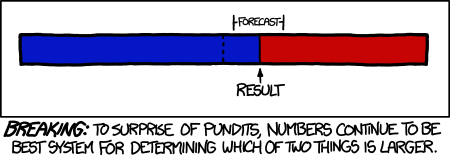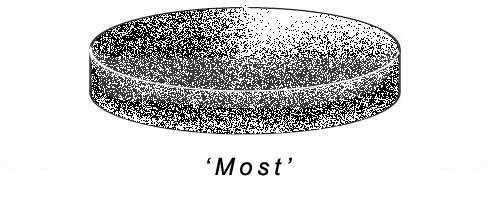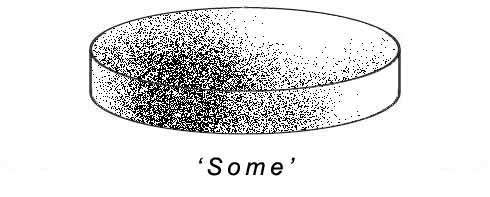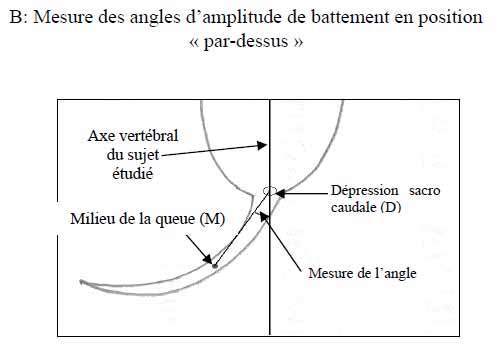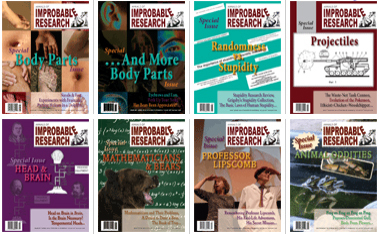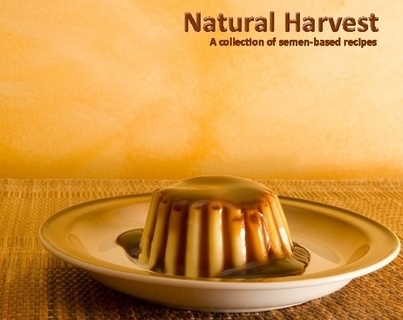Marc Abrahams's Blog, page 537
November 7, 2012
Towards the Complete Works of Shakespeare
For an extremely partial read, peruse this document (the complete PDF of which is online):
NOTES TOWARDS
THE COMPLETE WORKS
OF S H A K E S P E A R E
BY ELMO [pictured below],GUM,HEATHER,HOLLY, MISTLETOE & ROWAN
SULAWESI CRESTED MACAQUES (MACACANIGRA)
FROM PAIGNTON ZOO ENVIRONMENTAL PARK (UK)
BONUS: Notes about the notes
(Thanks to investigator Lauren Maurer for bringing this to our attention.)

November 6, 2012
AIR U.S. Presidential Election Algorithm Verified Again
AIR U.S. Presidential Election Algorithm Verified Again
by Eric Schulman and Daniel Debowy
For the third election in a row, the Annals of Improbable Research U.S. Presidential Election Algorithm ( see Debowy and Schulman, AIR Online, 20 October 2003 and Schulman and Debowy, AIR Online, 11 August 2008) correctly predicted the outcome of the United States presidential election. The validity of this algorithm will continue to be tested at a rate of approximately 8 nanohertz for the foreseeable future.
BONUS (somewhat related), from XKCD:

‘Most’ — what does it mean, mostly?
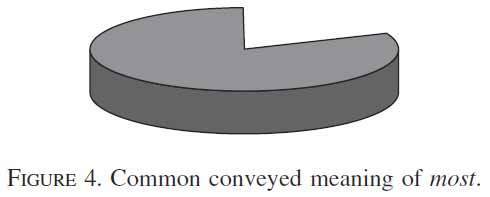 On a day-to-day basis, a good many, perhaps even the majority, of those outside academia tend to work with a broad definition of the meaning of the word ‘Most’.
On a day-to-day basis, a good many, perhaps even the majority, of those outside academia tend to work with a broad definition of the meaning of the word ‘Most’.
Something along the lines of ‘More than half’, but stopping a little short of ‘All’. [see figure 4, from study below].
But some, who study linguistics, are keen to pin down ‘most’ a little more tightly. Take for example Mira Ariel , Ph.D. who is Professor of pragmatics at the Linguistics department of Tel Aviv University, Israel. The professor has performed a detailed examination of ‘most’, and authored a 2004 paper on the subject for the scholarly journal Language, Volume 80, issue 4. pp. 658-706. The article, simply and straightforwardly entitled ‘Most’ , examined (over 49 pages or so) US linguistic corpus data and Israeli media reports in an effort to consolidate the meaning of most. Providing, in the process, a succinct definition :
“Most denotes ‘a proper subset which is the largest subset given any partitioning of the complement subsets’.”
Having dealt with ‘Most’ the professor has subsequently moved on to studying ‘Some’ – as her ‘current projects’ faculty webpage page explains:
“For some I argue that just like most, it too is an upper-bounded scalar quantifier. Since quantifier some is not some’s dominant use, I am working on mapping all the uses of English some into a variety of sub-constructions.”
Improbable will of course attempt to keep readers informed of any future publications regarding some research.
A few notes:
[1] The professor has written at least two other papers on ‘most’ e.g. Does most mean ‘more than half’? (Berkeley Linguistics Society, 29. (pp. 17-30) and A ‘JUST THAT’ LEXICAL MEANING FOR most. (in Klaus von Heusinger and Ken Turner eds. Where semantics meets pragmatics. Amsterdam: Elsevier. (pp. 49-91).
[2] Improbable offers (what we believe to be) a novel graphical device in an attempt towards illustratively un-clarifying some of the less than concrete semantic boundaries. Presenting the ‘Fuzzy Pie Chart’.
[3] Further reading : A load of vague non-numerical quantifiers (Improbable Research, Aug. 2011)

How herring farts almost led to a diplomatic crisis
A video from TEDx Goteborg, with this description;
How can herring farts in the Stockholm archipelago almost lead to a diplomatic crisis? Or a bra be converted into a gas mask in case of emergency? To Magnus Wahlberg this is everyday stuff, and proof that science doesn’t have to be dull to be important. He is a biologist and Scandinavian desk chief of the science humor magazine Annals of improbable Research, and has himself been awarded the Ig Nobel Prize (for those herring farts). It is an alternative Nobel Prize that honors achievements that first make people laugh, and then think.

November 5, 2012
When an economist talks rubbish
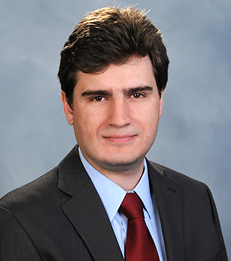 When economists talk economics, some of them talk rubbish. Few mean it as plainly, as directly, as Alexi Savov [pictured here]. Savov wrote a study called Asset Pricing with Garbage, which filled 24 pages of the Journal of Finance early in 2011.
When economists talk economics, some of them talk rubbish. Few mean it as plainly, as directly, as Alexi Savov [pictured here]. Savov wrote a study called Asset Pricing with Garbage, which filled 24 pages of the Journal of Finance early in 2011.
To Savov, garbage is valuable not only for its own worth, but because, in a mathematical sense, it represents many of the things that people and corporations treasure most. Maybe, just maybe, he implies, the rises and falls in garbage production reliably and fairly accurately measure what a society is worth….
So begins this week’s Improbable Research column in The Guardian.

Seeing carrots under the microscope – hallucination or true perception?
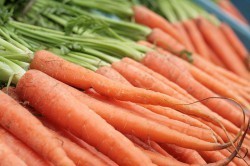
Image from Wikimedia Commons
We have previously wondered why some people see food when they look under the microscope. Although the reason(s) for this curious behavior may currently elude full explanation, we report a case of humans seeing carrots under the microscope:
The nuclei of a predominantly childhood tumor – medulloblastoma – seem like carrots when seen under the microscope.
NB. This phenomenon of seeing vegetables in unlikely places is not only confined to carrots – e.g. celery.
BONUS: For those obsessed with carrots (Daucas carota, sativus), here is The World Carrot Museum – discover the power of carrots!

November 4, 2012
Dogs Tail Wagging (Robotic and Otherwise): an Update
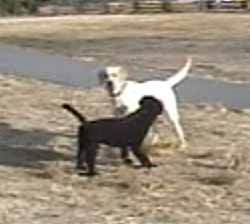 Back in 2010, Improbable reported ongoing investigations regarding tail-wagging in robotic dogs. We can now provide readers with an update, thanks to researcher Stephen Leaver, who has posted a video of Robodog in action via his research lab webpage. The accompanying paper : ‘Behavioural responses of Canis familiaris to different tail lengths of a remotely-controlled life-size dog replica.’ (Behaviour, 145: 377-390) described how Robodog’s tail was actuated by a remote controlled electric motor which wagged it (whether long or short) at approximately 1Hz (i.e. one wag per second). But leading Improbable to wonder whether, in the real world, dogs with short tails might tend to wag faster than long ones? And, if so, what might be the behavioural implications? We are still unenlightened even after consulting what is perhaps the pièce de résistance of scholarly articles on dogs’ tails.
Back in 2010, Improbable reported ongoing investigations regarding tail-wagging in robotic dogs. We can now provide readers with an update, thanks to researcher Stephen Leaver, who has posted a video of Robodog in action via his research lab webpage. The accompanying paper : ‘Behavioural responses of Canis familiaris to different tail lengths of a remotely-controlled life-size dog replica.’ (Behaviour, 145: 377-390) described how Robodog’s tail was actuated by a remote controlled electric motor which wagged it (whether long or short) at approximately 1Hz (i.e. one wag per second). But leading Improbable to wonder whether, in the real world, dogs with short tails might tend to wag faster than long ones? And, if so, what might be the behavioural implications? We are still unenlightened even after consulting what is perhaps the pièce de résistance of scholarly articles on dogs’ tails.
ETUDE ETHOLOGIQUE EXPERIMENTALE DES BATTEMENTS DE LA QUEUE CHEZ LE CHIEN DOMESTIQUE, Canis familiaris (An experimental ethological study of tail wagging in the domestic dog Canis familiaris), by Antoine BOUVRESSE, Thèse vétérinaire, sous la direction du Professeur Bertrand L. Deputte (ENVA / Paris XIII). (provided in French). For although the paper examines wagging in the greatest of detail – including vertical, horizontal and asymmetrical wagging – it doesn’t (appear to) correlate tail length with wagging frequency. A parameter which surely might be of importance to observer dogs?
Readers comments and observations are, as always, most welcome.

Boston area teachers: Improbable prizes for students
Are you a teacher who’d like some free (and most improbable) prizes for students?
We’ve been tidying up the Improbable Research office, an activity that, historically, happens only a few times per century. We found an unexpected stack of back issues of the magazine — Annals of Improbable Research. The best use we can think of is to make them available, free, to any teacher who would like to use them as prizes (or whatever) for students.
If you are a teacher who would like some Improbable Research for your students — and you are able to come get them (we are in Cambridge, Massachusetts, USA) — please email me at .

Improbable on the Museum of Curiosity, with Buzz
 The Museum of Curiosity, on BBC Radio 4, will have Marc Abrahams, Buzz Aldrin and Sara Pascoe as the guests on Monday, November 5, joining hosts John Lloyd and Jimmy Carr (pictured here).
The Museum of Curiosity, on BBC Radio 4, will have Marc Abrahams, Buzz Aldrin and Sara Pascoe as the guests on Monday, November 5, joining hosts John Lloyd and Jimmy Carr (pictured here).
The broadcast will be repeated on November 11.

November 3, 2012
Natural Harvest — A Collection of Semen-Based Recipes
Investigator Ivan Oransky recommends—or rather, recommends being aware of — this book Natural Harvest — A Collection of Semen-Based Recipes, by Fotie Photenhauer.
The publisher (the book appears to be self-published) says:
“Semen is not only nutritious, but it also has a wonderful texture and amazing cooking properties. Like fine wine and cheeses, the taste of semen is complex and dynamic. Semen is inexpensive to produce and is commonly available in many, if not most, homes and restaurants. Despite all of these positive qualities, semen remains neglected as a food. This book hopes to change that. Once you overcome any initial hesitation, you will be surprised to learn how wonderful semen is in the kitchen. Semen is an exciting ingredient that can give every dish you make an interesting twist. If you are a passionate cook and are not afraid to experiment with new ingredients – you will love this cook book!”
BONUS: It appears that the author has attempted to publicize the book. The book has received many reviews.
BONUS: The study: ”Semen quality among members of organic food associations in Zealand, Denmark,” Jensen TK, Giwercman A, Carlsen E, Scheike T, Skakkebaek NE, Lancet [1996, 347(9018):1844.

Marc Abrahams's Blog
- Marc Abrahams's profile
- 14 followers





